Have you ever looked at something and thought you were only getting part of the story? Many previous articles have discussed amplifier distortion at length but haven’t delved into how power output levels and frequency affect distortion measurements. If you’re looking for the best amplifier for your car audio system, especially for midrange drivers and tweeters, this information should be crucial to your purchasing decision.
Amplifier Distortion Specifications
If you’re browsing a car audio amplifier manufacturer’s website, you’ll see a single specification that’s intended to quantify the amount of distortion an amplifier adds to the audio signal. The CTA-2006-C standard requires that the total harmonic distortion and noise added to the audio signal be specified at an output level that is 50% of the maximum rated output for the amplifier. Of course, that power rating needs to comply with the CTA-2006-C standard as well.
Measuring Amplifier Distortion
When an amplifier is being tested for distortion, the technician or engineer will typically look at the harmonic information and noise added to a single test tone.
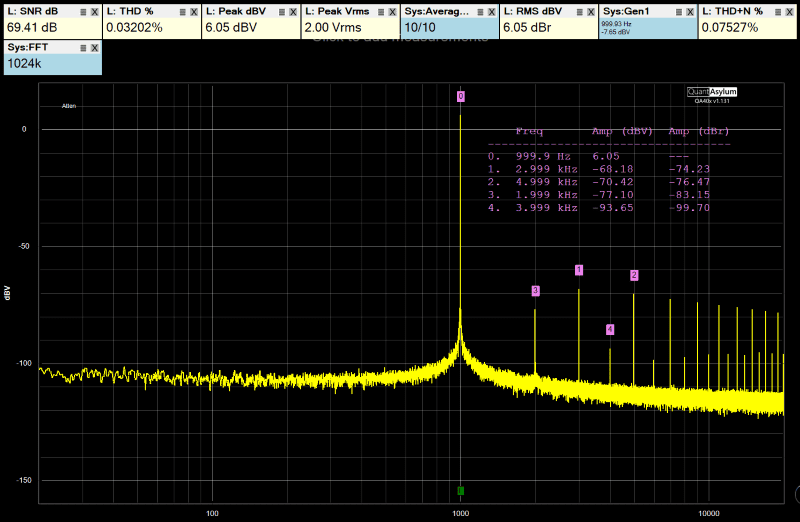
In the measurement above, you can see the test signal at 1 kHz at a level of 2.0 volts. The second harmonic (labelled with the pink 3) is at a level of -77.10 dBV, or 83.15 dB below the 6.03 dBV (2.00V) test signal. The third-order harmonic (labelled with the pink 1) is louder at an absolute level of -68.18 dBV and a relative level of -74.23 dB. You can see the pattern of even and odd harmonics continue well past 20 kHz. It’s worth noting that this is a good Class AB amplifier and not a poorly designed, inexpensive unit.
Sadly, this single specification is quite incomplete in terms of telling the whole story. Audio measurement and analyzer devices like those from Audio Precision and QuantAsylum can generate distortion graphs across a range of power output levels and frequencies. So let’s characterize this amplifier in terms of the amount of distortion it adds to an audio signal based on the amount of power it produces.
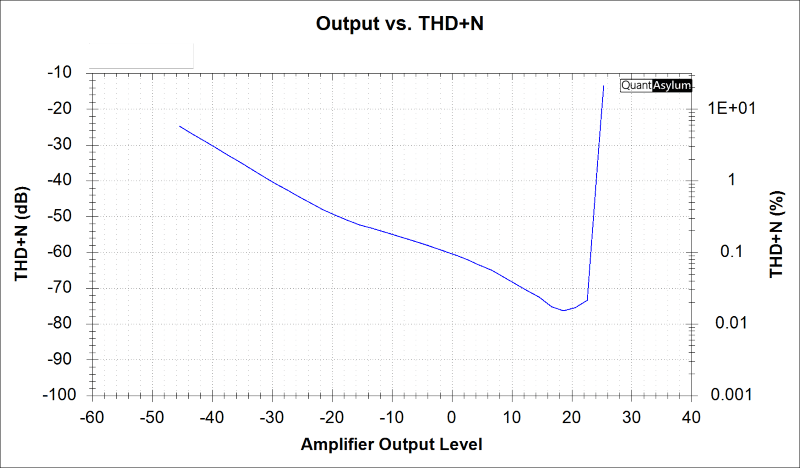
Before we dive into analyzing the data, we should explain that the horizontal X-axis scale is in decibel volts, known as dBV. This way of looking at voltage represents the amplifier output level using a decibel scale with 1 volt as 0 dB. Thus, the equation to convert dBV to a voltage is 10 ^ (dBV/20).
The output level of 6.03 dBV, where we measured %THD+N in the first chart, would be 2.00 volts. At the low level, distortion is at 0.075%. At an output level of 22.6 dBV, you can see that the distortion increased. This level is the point where the amplifier started to run into clipping. Maximum power output measurements are specified at the output level that corresponds to a THD+N of 1%. For this amplifier, that would be about 24 dBV, or 63 watts into a 4-ohm load.
At the other end of the scale, you can see that distortion increases as output power decreases. This performance is very typical for a Class-AB amplifier. At very low levels, the harmonic distortion content is buried in the noise created by the amp, which for this unit is at about -105 dBV. Crossover distortion at very low volume levels plays a significant role in adding unwanted information to the audio signal. As the output level increases, the audio signal passes through the transition between the positive and negative output devices at a steeper slope, reducing the time the signal spends in this transition region. As such, distortion decreases relative to the output level.
The CTA-2006 THD+N specification for this amplifier would be 0.02% at the output level of 21 dBV (-3 dB from the maximum power output level). This information doesn’t do a good job of describing how well the amp performs in a real-world application since most of the time, we’re only using a fraction of the power available to drive a speaker. For example, if we have a midrange speaker or a tweeter in a three-way system, we may only need 1/10 to 1/20 of the power a midbass speaker would need, or even less than a subwoofer. Played at high volume levels, a tweeter rarely needs more than a few watts.
So far, in all the TestDriveReview product evaluations we’ve published, the distortion has been specified at the same level as the signal-to-noise ratio. This would be at an output level of 1 watt in a 4-ohm load or 2.00 volts. From now on, we’ll include the Power versus THD+N graphs as shown above so readers can see the entire picture of how the amplifier behaves.
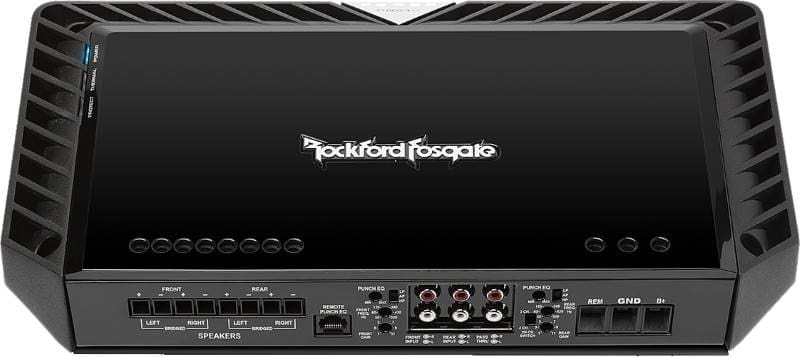
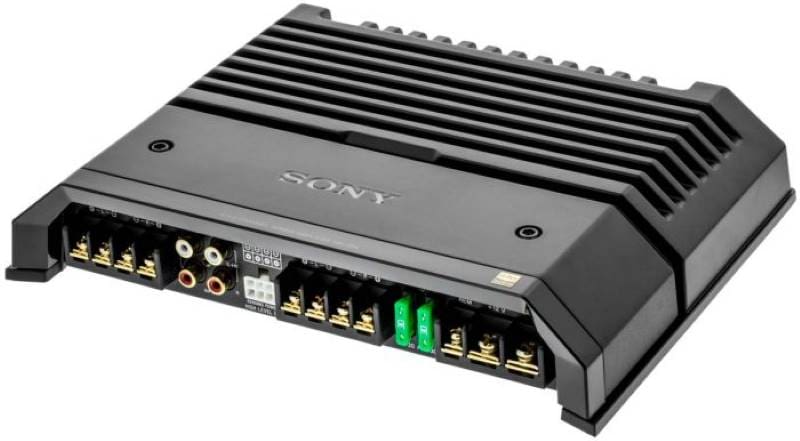
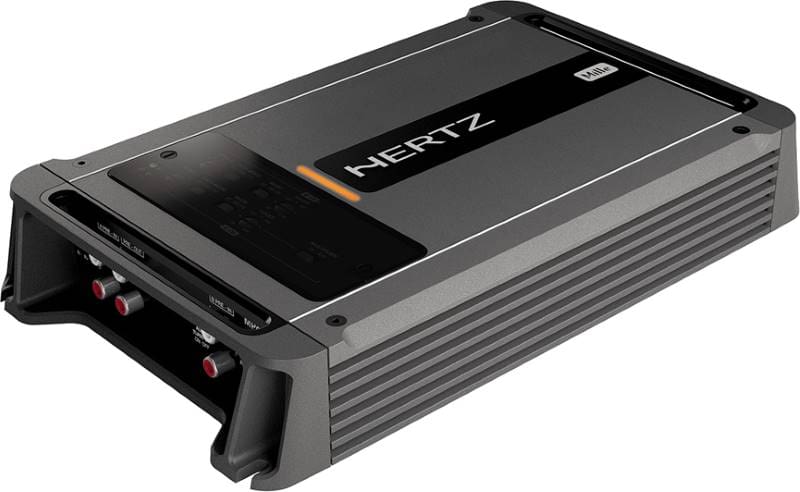
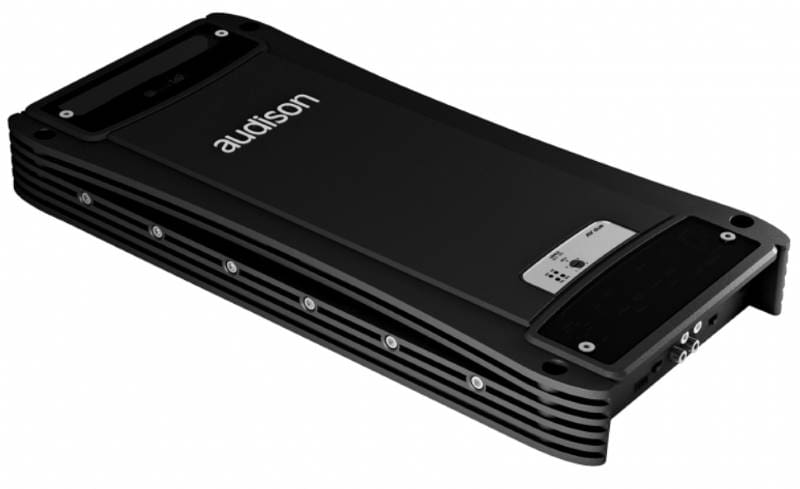
Distortion Versus Frequency Response
Another characteristic often overlooked is the amount of distortion an amplifier adds relative to different frequencies. We ran another test on this amplifier to characterize this. We used an output level of 1.95 volts (very close to our 2.00-volt number) and measured distortion at frequencies from 20 Hz to 20 kHz.

While the numbers don’t vary as much compared to output level changes, you can see that there’s more distortion added at higher frequencies compared to midrange levels.
In an upcoming article, we’ll start all over with a new set of measurements with the three amplifiers we used in the What Do Better Amplifiers Sound Like article a few years ago. We’ll throw in a Class-D amp or two to round out the mix, so you’ll have a benchmark from which to compare solutions.
In the meantime, if you’re interested in purchasing an amplifier for your car or truck, drop by your local specialty mobile enhancement retailer today and ask them about a high-performance solution that will make your music sound amazing!
This article is written and produced by the team at www.BestCarAudio.com. Reproduction or use of any kind is prohibited without the express written permission of 1sixty8 media.


Leave a Reply